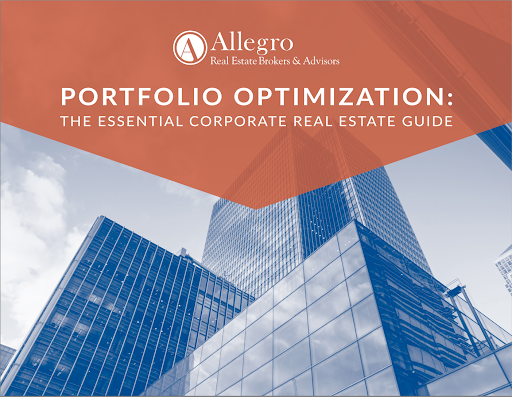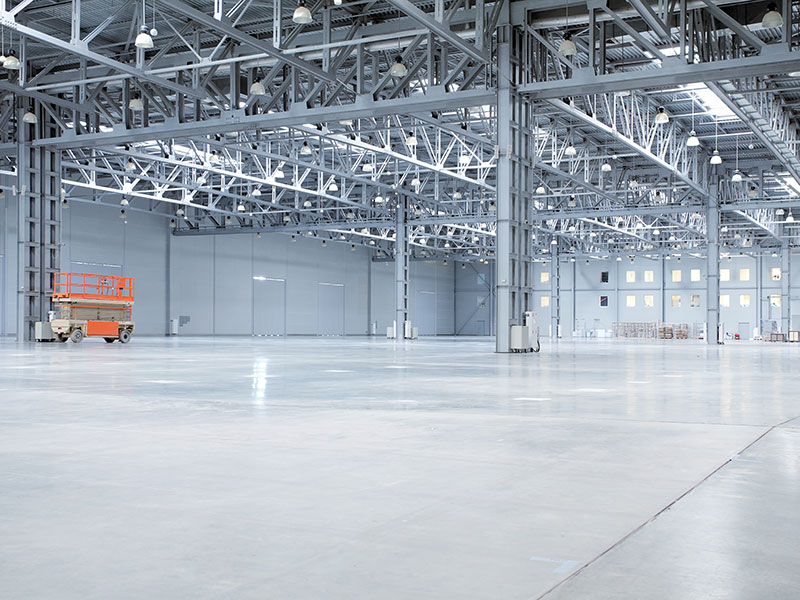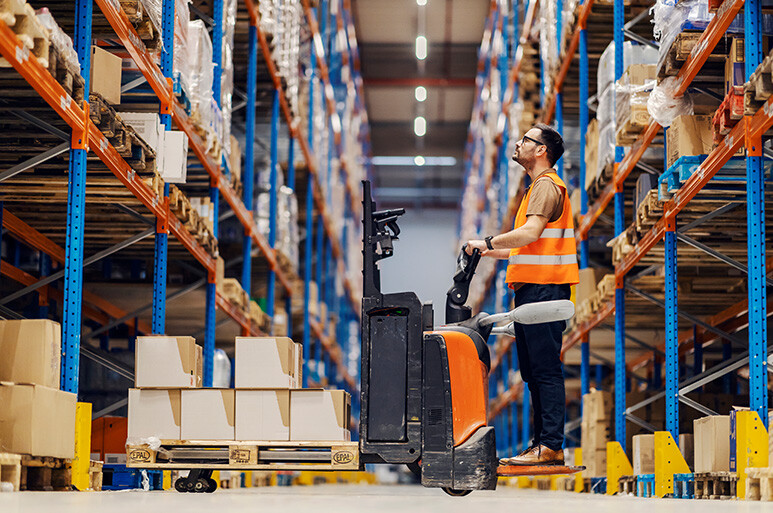The success of an organization’s supply chain is dependent on many moving parts: corporate strategy, organized data, streamlined processes, integrated technology, and the right warehouses and distribution centers.
A warehouse is a building that stores products for packing and shipping preparation. They’re often centrally located to customers, employees, suppliers, and/or vendors, and manage both inbound and outbound products.
Warehouses at the beginning of a supply chain often collect goods from a manufacturer, then send those products to different fulfillment locations. A warehouse center at the end of a supply chain often breaks down freight and fills orders for customers.
Choosing the right warehouse to meet business needs can take time, research, and resources. This post alleviates some of that burden by sharing some of the most important factors to consider when selecting a warehouse that meets your supply chain and customer needs.
For more information about logistics real estate, read our Ultimate Guide to Logistics Real Estate Transactions.
Types of Logistics Warehouses
Depending on your company’s needs or services, different types of warehouses may be required to complete your logistics real estate portfolio. Here are some of the most popular types of warehouses.
- Refrigerated warehouse. Warehouses with refrigeration, also known as cold stores, are used to store goods which must be kept at specific temperatures to keep them fresh. Think: food, tobacco, or beer.
- Last-mile warehouse. Last-mile distribution centers are often located in inner-city logistics parks, close to the products’ final destination, or “within the last mile.” They’re most often used by courier and parcel service providers, fresh food logistics facilities, sales, trading, service, and light manufacturing operations.
- 3PL warehouse. A third-party logistics warehouse, or 3PL, stores a company’s products, oversees operations, and provides other warehousing and distribution services. 3PL warehouses allow businesses to expand their logistics portfolios without the hassle of managing their warehouses.
- Fulfillment warehouse. Once inventory is dropped off, a fulfillment warehouse handles the storage, packing, and shipping of the product from the warehouse to customers. These warehouses offer flexibility to growing ecommerce companies with unprecedented order volume.
While type of warehouse is one main criteria to consider before expanding your logistics real estate portfolio, there are several other factors companies must evaluate when selecting a warehouse.
6 Factors to Consider When Selecting a Warehouse
Choosing the right warehouse requires significant research and internal evaluation of company priorities. To ensure your next warehouse best supports your supply chain, consider the following factors.
1. Location
The location of a warehouse or distribution center is often the most important criteria when building your logistics infrastructure. To save time, look for warehouses that are close to major highways and centrally located to customers, employees, suppliers, and vendors.
Location also impacts costs. Warehouses located further away from customers will likely increase transportation costs to deliver goods, but the cost of the real estate may be less. There is a tradeoff between real estate and transportation costs when looking to locate near dense population centers. It’s also critical to consider the labor costs in your selected location—is it feasible to employ staff in that area, or should you look elsewhere?
2. Layout and Storage Capabilities
Your chosen warehouse must have a layout and storage capabilities conducive to your unique products. Consider layout factors like clear height, racking, and room for navigating machinery before selecting a warehouse for your logistics real estate portfolio.
3. Special Features
Unique inventory often requires equally unique warehouse features. Keep in mind special features your warehouse will need to store your products, like a specific number of dock doors and levelers, fire suppression systems, refrigeration or air conditioning, power requirements, and floor loading capabilities (concrete thickness).
4. Technology
Oftentimes, warehouses will not be equipped with technology prior to leasing or purchasing—it’s normally dependent on a tenant’s build-out specifications. However, if you’re considering a 3PL warehouse, the building will likely already have technology or technology capabilities.
When selecting a warehouse, consider the following questions related to warehousing technology:
- Can your company’s existing processing and supply chain systems be integrated with the new warehouse?
- Is there any existing tech at the warehouse already?
- Is the warehouse equipped to handle new technology like drones, pick-by-vision systems, and electronic data exchange?
5. Flexibility
If the COVID-19 pandemic is any indicator, the demand for faster ecommerce services can change rapidly. When selecting a new warehouse for your logistics real estate portfolio, it is critical to find a location with the flexibility to expand and meet your company’s (and customers’) future logistics needs.
6. Strength of the Landlord
Like any other commercial real estate transaction it is important to understand the strength and quality of the other party you are transacting with. The quality of a warehouse’s landlord will have a significant impact on the success of your organization’s supply chain. Ensure that the warehouse’s landlord is well capitalized, responsive, and properly manages and maintains the building.
Want to learn more about logistics real estate?
Selecting the right warehouse for your organization’s supply chain needs is just one facet of logistics real estate. To learn more about logistics real estate and the trends impacting your decisions today, take a look at our Ultimate Guide to Logistics Real Estate Transactions.







